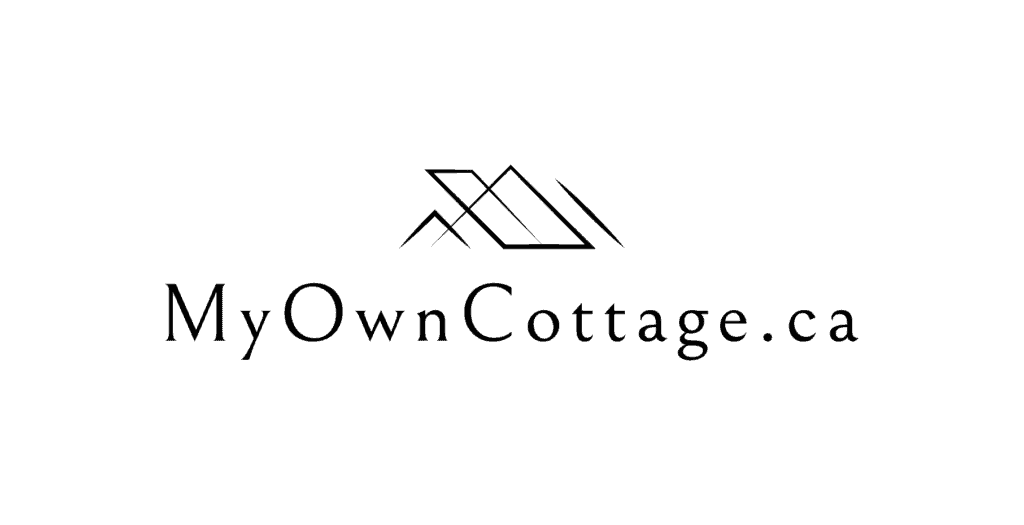Prefab Home Construction Process in Toronto
Learn about the prefab home construction process in Toronto!
From design and permits to assembly and final touches.
Discover how prefab homes offer a faster, cost-effective, and high-quality building solution!
Home » Prefab Home Construction Process in Toronto
Prefab Home Construction in Toronto
The demand for prefab homes in Toronto, ON has been rising steadily as more homebuyers seek affordable housing, faster construction timelines, and energy efficiency.
Unlike traditional stick-built homes, modular buildings are constructed in a controlled environment of a factory.
This ensures high-quality standards while reducing waste and construction delays.
The Housing Market Outlook in Toronto
With the housing market in Toronto becoming increasingly competitive, prefab solutions offer an excellent alternative.
To illustrate, our prefab homes Toronto collection is ideal for those looking to build a new home at the best price without compromising on modern amenities and superior quality.
A Complete Guide to Prefab Construction in Toronto
This guide will walk you through the prefab home construction process in Toronto, from design with careful planning, to site preparation, home delivery, and installation.
We’ll also discuss common site preparation challenges, timeline estimates, and prefab home costs.
This will help you make an informed decision for your next housing project.
How Prefab Homes Are Built
When comparing prefab homes vs. traditional homes in Toronto, prefab homes offer faster build times, lower costs, and enhanced energy efficiency,
In fact, the construction process of a modular house is vastly different from that of a traditional stick-built home.
Instead of being built on-site, modular buildings are manufactured in a controlled environment before being transported to the construction site for assembly.
A prefab home typically undergoes three main phases before it’s move-in ready:
- Design and planning
- Factory construction
- Site preparation with installation
Each of these stages is carefully coordinated to ensure a high-quality final product.
All while significantly reducing the overall construction time compared to traditional stick-built homes.
1. Design and Planning
The first phase, design and planning, involves working closely with a project manager and modular home builders to develop a detailed blueprint.
This blueprint will be carefully tailored to the homeowner’s specific needs.
To illustrate, the actual process includes selecting from a variety of house plans, finalizing the floor plans, and customizing key elements.
These elements can include items such as open-concept spaces, modern amenities, and energy-efficient features.
Passive house insulation and indoor air quality enhancements are often recommended to promote an ideal living environment.
Homeowners also have the option to incorporate second-story additions, Guesthouses, or even Accessory Dwelling Units (ADUs) to maximize their square feet (SQ. FT.).
During this phase, compliance with building code regulations and securing the necessary building permits from the City of Toronto is also addressed.
Furthermore, this step ensures that all legal and zoning requirements are met before construction begins.
2. Factory Construction
Once the design is finalized, the home enters the factory construction phase, where modular buildings are assembled in a controlled environment of a factory.
This method eliminates the common weather-related delays that often affect traditional construction sites.
Within this manufacturing process, high-precision machinery and skilled construction crews work with superior quality building materials.
In tandem, they create individual prefabricated modular structures, which will later be transported and assembled on-site.
At this stage, essential mechanical systems such as water heaters, electrical wiring, and plumbing are installed.
Moreover, each module undergoes rigorous quality control inspections to ensure that it meets both industry standards and the customer’s expectations.
This factory-controlled approach not only improves energy efficiency but also reduces material waste.
Naturally, this is making prefab homes a more affordable and sustainable housing option in the Greater Toronto area.
3. Site Preparation and Installation
The final stage, site preparation and installation, involves preparing the building site for the arrival of the modular house.
This includes soil testing to confirm that the land can support the home’s foundation, grading the lot, and ensuring all utility hookups are in place.
In some cases, securing a building permit for last-minute site modifications may be necessary.
Once the site is ready, the prefabricated modules are transported to the location, where they are assembled using heavy-duty cranes.
The sections are carefully positioned and securely fastened, after which the final home improvement work is completed.
This includes interior finishing, exterior siding, and any necessary home renovations.
Design & Planning: Crafting Your Prefab Home
Every new modular home starts with a design process that aligns with the homeowner’s vision and requirements.
The project manager and general contractors work closely with buyers to create their ideal customized house plans.
In fact, these often incorporate open-concept spaces, modern amenities, and energy-efficient features.
Key Design and Plan Elements
Some key elements to consider in the plan design phase include:
- Square Feet (SQ. FT.) & Layouts – Choosing the right floor plans to maximize space and functionality.
- Interior Design & Custom Features – From dining rooms to Passive House elements that improve indoor air quality.
- Building Code & Permit Requirements – Ensuring compliance with City of Toronto regulations.
- Home Packages & Modular Home Additions – Options for second-story additions, Guesthouses, and Accessory Dwelling Units (ADUs).
With exclusive offers and free consultations available from modular home manufacturers, planning a prefab home has never been easier.
A Controlled Environment: Factory Construction
One of the key benefits of modular construction is the controlled environment of a factory, which eliminates common on-site delays caused by weather conditions.
Prefab buildings are constructed using high-quality building materials, ensuring superior quality and energy efficiency.
Rigorous Quality Control Checks
During this phase, all mechanical systems, including water heaters, electrical wiring, and plumbing, are installed with precision.
Each section undergoes rigorous quality control checks before leaving the factory, ensuring that the final product meets industry standards.
Leading Prefab and Modular Home Builders
- My Own Cottage – Specializing in custom prefab homes and home renovations.
- Legendary Group – Focused on innovative designs and prefab solutions.
- NRB Modular Solutions – Providing supportive housing and housing units.
- Royal Homes – Renowned for their modern amenities and attention to detail.
Once construction is complete, the modular structure is transported to the building site for assembly.
Site Preparation: Laying the Foundation
Before installation begins, the construction site must be properly prepared.
This includes obtaining a building permit, clearing the land, and ensuring that the foundation is stable.
Common Site Preparation Challenges
Several factors can impact the construction time and efficiency of a modular project, including:
- Soil Testing – A crucial step to ensure that the foundation can support the home.
- Utility Hookups – Connecting water, electricity, and sewage can sometimes be delayed due to local regulations.
- Weather Conditions – Although factory construction eliminates weather-related delays, on-site assembly may still be affected by snow, rain, or extreme cold.
Understanding these site preparation challenges can help you plan accordingly and avoid unexpected delays.
Home Delivery & Installation
Once the building site is prepared, the prefab house is delivered and assembled.
This process typically takes a few days to a few weeks, depending on the size of the home and complexity of the design.
Steps in the Installation Process:
- Transporting the Modules – The home is shipped in pre-assembled sections.
- Craning & Placement – A crane lifts the modular structure onto the foundation.
- Sealing & Finishing – Final connections, interior design, and mechanical installations are completed.
Many homeowners find it helpful to watch time-lapse videos of the assembly process breakdown, giving them a clearer understanding of what to expect.
Timeline Estimates: How Long Does It Take?
The construction time for a prefab home varies based on the project type and size.
Below is a general estimate:
- Factory Construction: 4-8 weeks
- Site Preparation: 2-4 weeks
- Home Delivery & Installation: 1-3 weeks
Total time from design to move-in typically ranges between 3 to 6 months.
In fact, this is significantly faster than traditional stick-built homes.
Prefab Home Costs & Budget Considerations
The prefab home cost depends on factors such as size, customization, and site preparation.
Here’s a rough breakdown:
- Small Modular Home (Under 1,000 SQ. FT.) – Starting at $100,000
- Medium Home (1,000 – 2,000 SQ. FT.) – $150,000 – $250,000
- Large Custom Home (Over 2,000 SQ. FT.) – $300,000+
Many modular home manufacturers offer incredible savings, free estimates, and home packages to help homeowners stay within budget.
Why Choose Prefab Homes in Toronto?
The prefab home construction process in Toronto provides a faster, more cost-effective, and environmentally friendly solution for homebuyers.
With reduced construction time, superior quality, and compliance with building code regulations, modular buildings are an excellent option.
In fact, they are ideal for anyone looking to build a new home in the vibrant city of Toronto.
Solutions for Prefab Home Construction in Toronto
If you’re ready to explore your options, find our prefab solutions as your leading modular home builders and schedule a free consultation with us today!
For convenience, you can also simply fill out the form below and we’ll get back to you soon!

